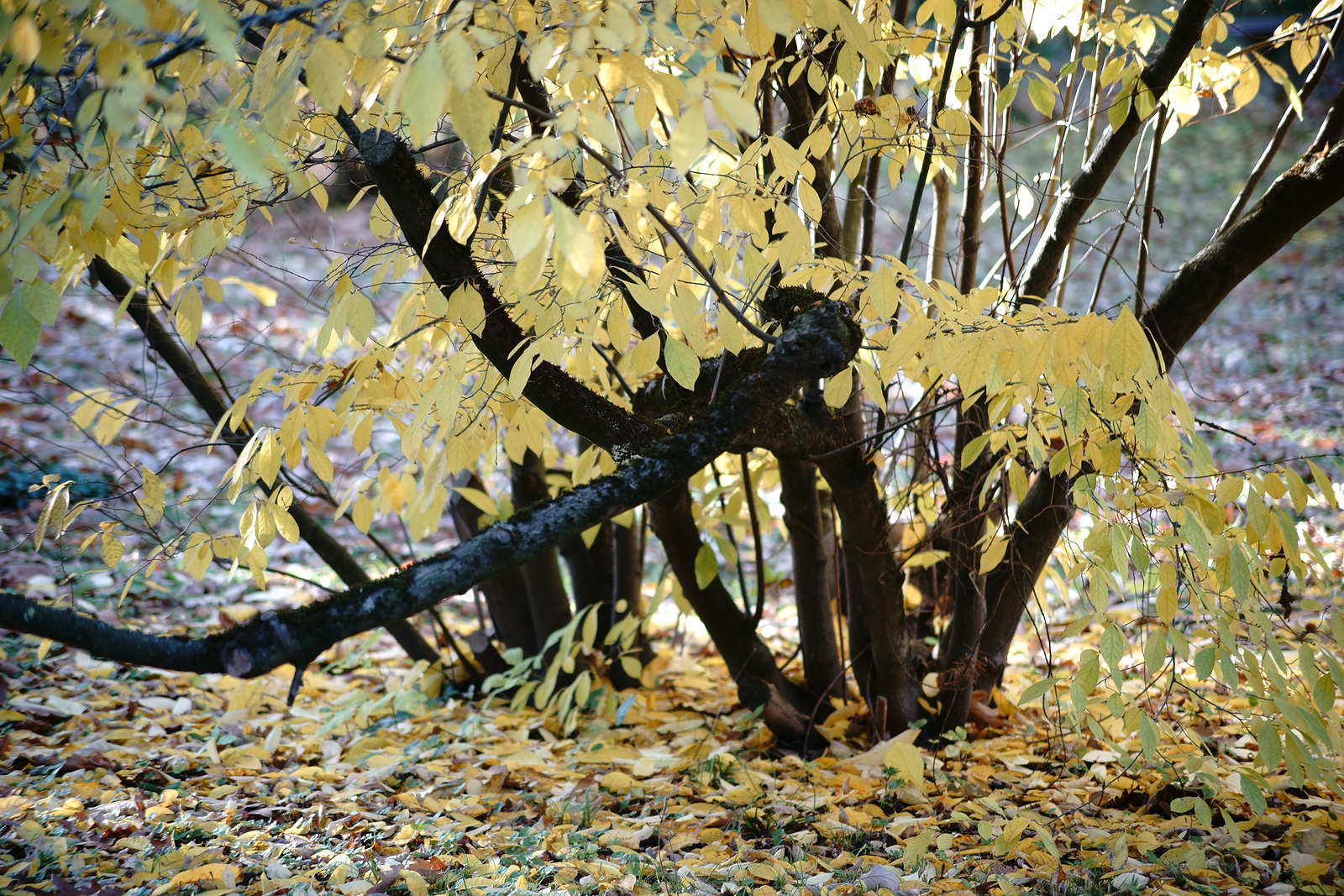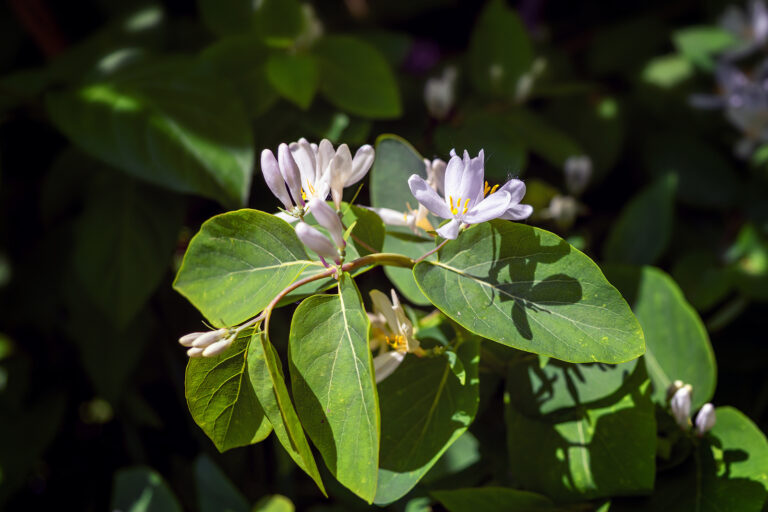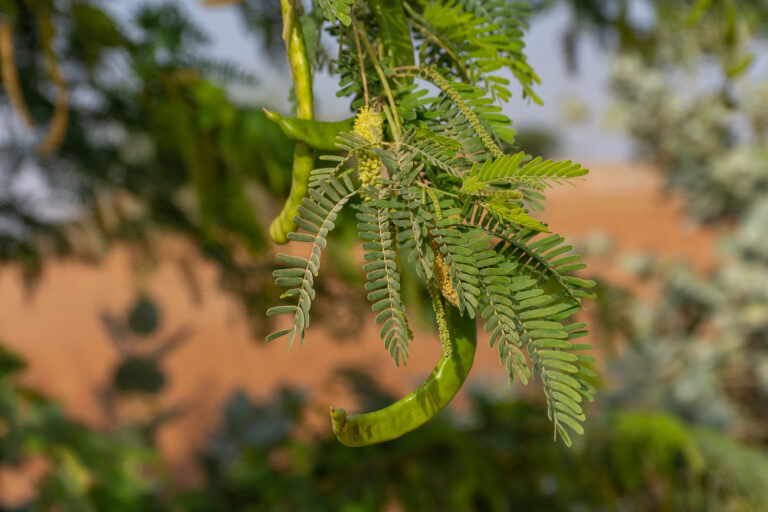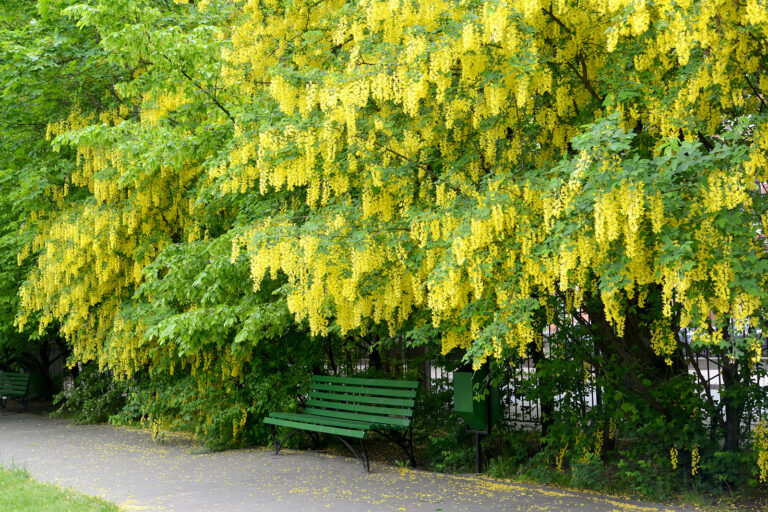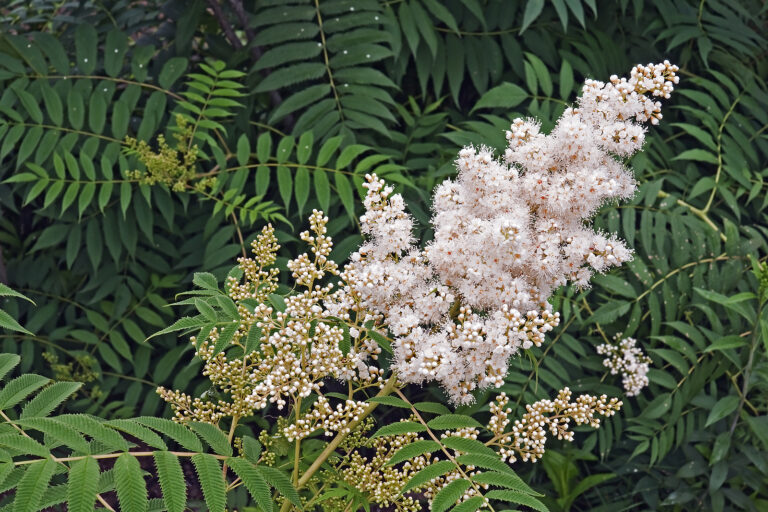How to Grow Spicebush – Lindera
Lindera — commonly called Spicebush–is usually grown for its bright yellow fall foliage. Spicebush bears attractive, but not showy, small, greenish-yellow flowers in clusters in spring. Lindera gets its common name–spicebush–from its strongly aromatic foliage.
Lindera is a large shrub or small tree. It is too large for small gardens. It is a good choice for woodland gardens or as an addition to large shrub plantings in large gardens.
Female plants showy berries when planted near male plants. The fruits are attractive to wildlife.
Lindera is a genus of about 80 species of deciduous and evergreen trees and shrubs. Lindera are native to woodland and riverbanks in East Asia and North America.
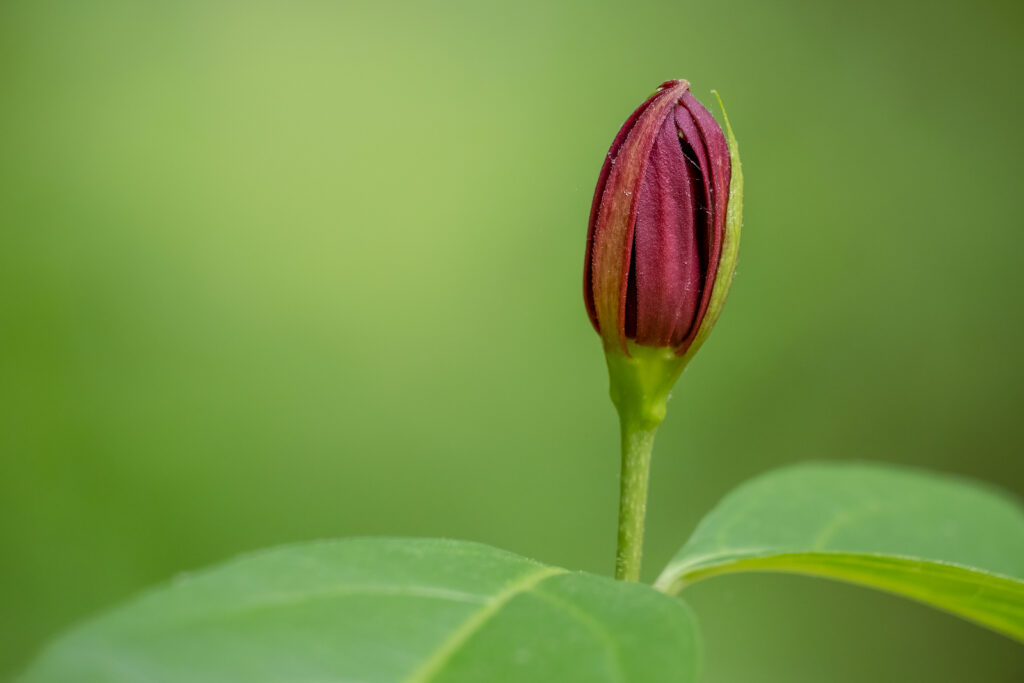
Get to know Lindera
- Plant type: Deciduous, deciduous or evergreen shrubs and trees
- Growing zones and range: Zones 4 to 9
- Hardiness: Winter hardu to Zone 8
- Height and width: 8 feet (2.4m) high
- Growth rate: Moderate
- Form and habit: Upright, fountain-like form
- Foliage: 4 inch bright green leaves turn golden yellow in fall and, like the flowers and green twigs as well, are aromatic; the leaves and twigs have been used as spice and for tea
- Flowers: Tiny bright yellow-green flowers appear on naked branches; male and female blossoms are usually borne on separate plants, and plants of both sexes must be present for berries
- Fruits: Tiny scarlet berries form on female plants
- Bloom time: Early spring
- Uses: Perfume moist woodland gardens, shrub borders, hillside streams, or as space fillers
- Common name: Spicebush
- Botanical name: Lindera
- Family name: Laureaceae
- Origin: Woodlands and riverbanks in East Asia and North America
Where to plant Lindera
- Plant Lindera in full sun in the cool-summer regions; and in light shade in hot summer regions.
- Plant Lindera in a moist, acid soil supplemented with leaf mold or peat moss; they grow in wet places where few other shrubs do well.
When to plant Lindera
- Plant container-grown Lindera in spring or autumn.
Planting and spacing Lindera
- Lindera are difficult to establish in the garden; buy either container-grown plants or balled-and-burlaped ones, with their roots in their original soil ball wrapped in burlap.
- Sow Lindera seeds as soon as they are ripe in the fall.
- Lindera seeds will germinate in the spring and reach blossoming size in four or five years.
- Space Lindera 10 to 20 feet (3-6m) apart depending on the variety.
How to water and feed Lindera
- Give Lindera regular water.
- Lindera fibrous roots require steady supplemental moisture when these shrubs are newly transplanted.
- Feed Lindera with an all-purpose organic fertilizer in spring.
How to care for Lindera
- If pruning Lindera is necessary, wait until after the flowers fade, since the blossoms appear on the previous season’s growth.
Lindera pests and diseases
- Lindera berries are quickly eaten by birds.
- Lindera are rarely bothered by other pests.
Lindera propagation
- New Lindera plants can be started from softwood cuttings of young growth in late spring or early summer or by digging up and replanting the underground offshoots known as suckers.
Lindera varieties to grow
- Lindera benzoin (also called Benzoin aestivale), Spicebush, often found on moist limestone outcrops from Canada to Florida and Texas, this deciduous shrub nevertheless thrives in more acidic conditions. It grows 6-12 feet (1.8-3.7m) tall and wide, denser in sun and more open in shade. In early spring the bare branches are covered with clusters of small yellow-green flowers. When crushed, the light green oblong leaves, berries, and stems emit a spicy scent. In early fall, bright red berries ripen on female plants and attract birds, while leaves turn bright yellow. Zones 5 to 9.
- L. obtusiloba, Japanese spicebush, this deciduous Asian species can grow larger than L. benzoin, up to 20 feet (6.1m) tall and wide but usually much smaller. In autumn it has more uniform, lasting, golden yellow coloration, even in shade. Leaves are frequently lobed. The foliage and the fruits, which turn from red to shiny black, are less heavily scented than those of the native species. Zones 6 to 8.

